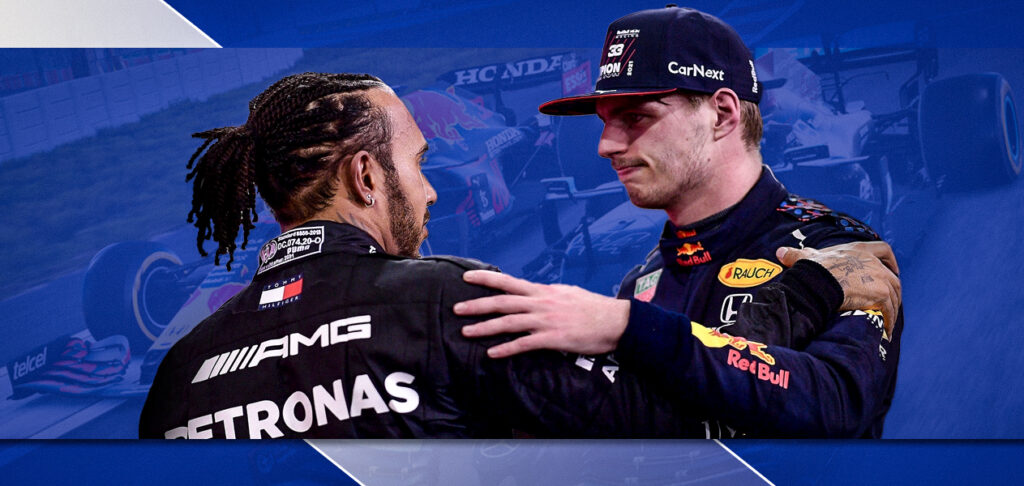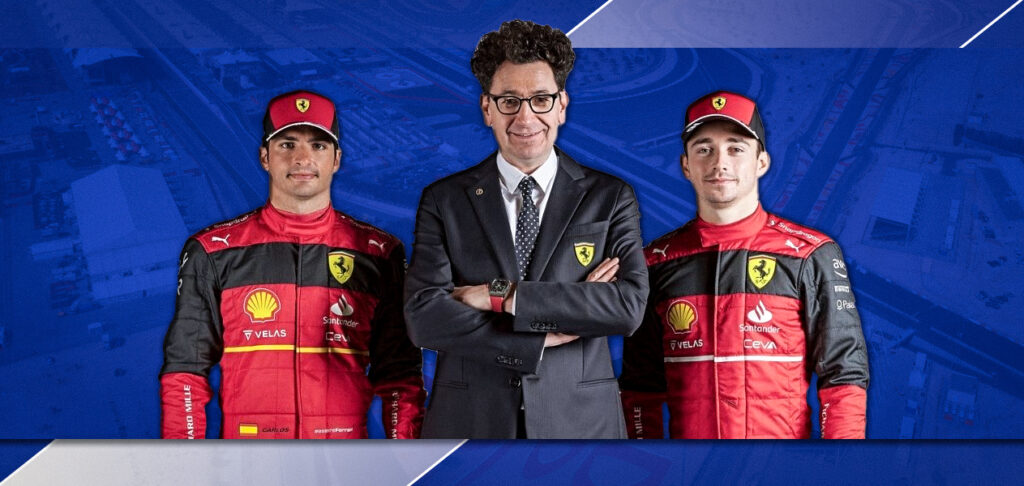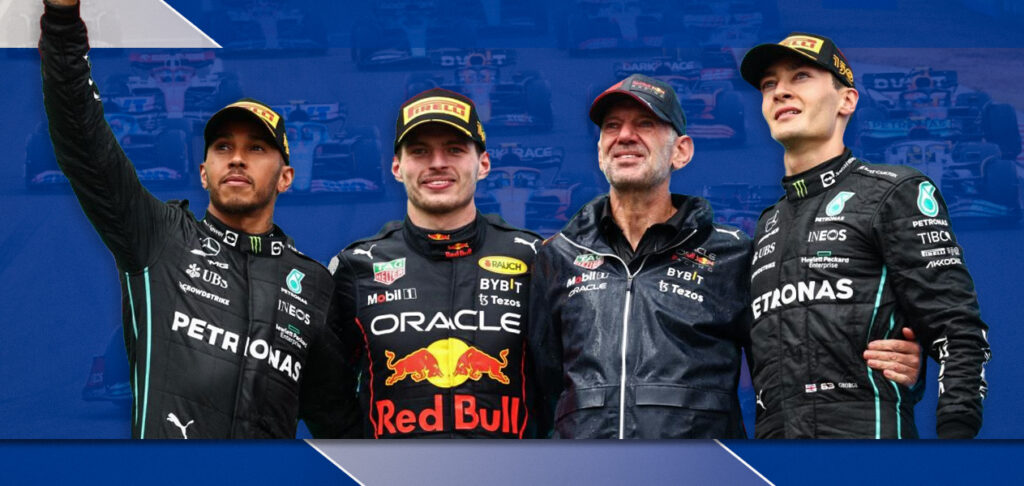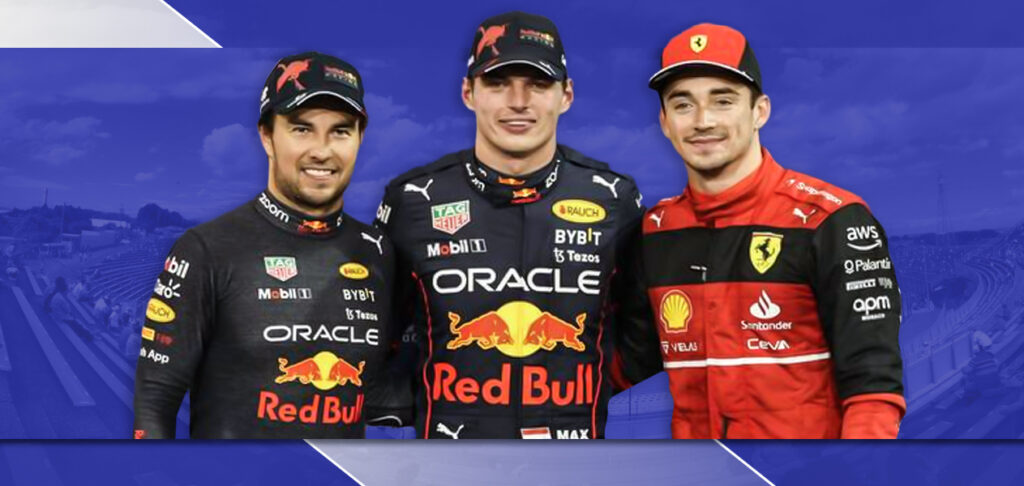Moments that defined the 2022 Formula One World Championship
The 2022 Formula One season is finally over. Having introduced new regulations and delivered in every possible way, this season saw not only Ferrari and Red Bull fighting at the top of the field but also extremely tight midfield, with the likes of Alpine and McLaren involved in a tremendous scrap for the P4 spot in the Constructors’ Championship.
The season saw reigning World Champion Max Verstappen secure his second World Title following a dominant season where he battled Ferrari’s Charles Leclerc. On the way to his second World Title, Verstappen broke a host of records. Not only did he win another World Title, both he and his teammate Sergio Pérez helped Red Bull secure their first Constructors’ Championship since 2013.
As we head into the off-season, we take one final look at the season that has just finished and recap the key moments of the season that defined it and helped Verstappen win his second World Title.
Abu Dhabi

We can’t really talk about the 2022 season without speaking about the impact of the 2021 season finale, the infamous Abu Dhabi Grand Prix, which still divides the Formula One fanbase.
The 2021 season was one like no other, as the title fight between Mercedes’ Lewis Hamilton and Red Bull’s Max Verstappen went down to the wire. The Championship swung back-and-forth the entire season between the two, and heading into the Abu Dhabi Grand Prix, both drivers were tied on points. Whoever finished ahead of the other in Abu Dhabi would take the win.
While Red Bull had a strong start to the season and generally had the faster car on most weekends, Mercedes and Lewis Hamilton mounted a stunning comeback, which saw the veteran Brit take crucial wins in Qatar and Brazil to stay in the Championship battle.
In Abu Dhabi, it seemed like Hamilton was cruising towards a record eighth World Title, until the then-Race Director Michael Masi made a couple of baffling calls which swung the race in Verstappen’s favour, who eventually took full advantage of Masi’s erroneous calls. While Hamilton and Mercedes protested and felt that they had been cheated by Masi, it was a World Title nonetheless for Max Verstappen.
The 2021 season was Verstappen’s first proper title challenge as he went up against one of the best in the business. The fact that he managed to hold on and prevail right at the end showcased how much he had matured, and while the Abu Dhabi race gave Verstappen a whole lot of confidence, it certainly had a negative impact on the minds of Lewis Hamilton and Mercedes, who definitely had the events of the race playing in their minds even in 2022.
Bahrain and Australia

The opening race of the 2022 season was one that was eagerly awaited. Not only was it the first race of a new season, it was also the first race with the new regulations.
The season-opener in Bahrain saw Ferrari’s Charles Leclerc emerge as a title contender as he converted his pole into a win on Sunday, but the key factor wasn’t just the competitiveness of the Ferrari side that had returned after two years but also the fact that both the Red Bull drivers suffered mechanical issues and retired from the race by Lap 4. Not only did Ferrari draw first blood, it was even sweeter as the closest competitors didn’t even get on the points board. While Ferrari and Red Bull were looking to be fighting for wins, Mercedes, who had dominated the turbo-hybrid era, were woefully off the pace. It was pretty evident that the title fight would be between two teams and not three.
Red Bull managed to see the chequered flag in Saudi Arabia at the second race, which Verstappen won, but in Australia, Red Bull suffered yet another mechanical issue which saw the Dutchman retire on the second lap. While Red Bull seemed to have the pace to compete for wins along with Ferrari, their reliability was letting them down. By the time the third race of the season was over, Charles Leclerc had a 46-point lead over Verstappen, while Ferrari had a 49-point lead over Red Bull in the Constructors’ Standings.
Why it is crucial to pin-point these two early failures is because it was after the Australian Grand Prix that Red Bull turned their season around and didn’t look back after that. They knew they had a car to compete for wins in the new regulations era, but they had to overcome their reliability woes, which saw them suffer massively in the opening three races. Once they took home their learnings from Bahrain and Australia, there was no looking back for Max Verstappen and Red Bull.
Imola

Heading into the Emilia Romagna Grand Prix, Leclerc and Ferrari were beginning to build a substantial lead in the two Championships. This was their first chance for increasing the gap between them and the rest of the field.
While Verstappen started on pole after securing first place in the Sprint race, Leclerc was close behind at second. Verstappen led from the line on Sunday, but Leclerc made sure to keep the Dutchman in his sights for the majority of the race. After the first set of pit stops, Leclerc was jumped by the second Red Bull of Sergio Pérez and spent a long time in third behind the Mexican. Following his second stop, Leclerc rejoined in fourth and quickly overtook McLaren’s Lando Norris for third and was back behind Sergio Pérez. The Monégasque, however, in an overly-eager move towards the latter stages of the race, hit the curbs and spun, which dropped him right back to ninth following a front-wing change.
In a race where he should have finished on the podium, the Ferrari driver took home a paltry eight points from a P6 finish and saw his Championship lead being cut down from 46 points to 27, with Verstappen winning the race, taking the fastest lap, and also taking eight points for finishing first in the Sprint.
The Imola race was the first show of nerves for Leclerc, who lost not only his cool under pressure but also crucial points.
Spain

Leclerc came into the Spanish Grand Prix with a 19-point lead and was extremely wary of Verstappen, who was hot off two consecutive wins in Imola and Miami.
The Championship leader started strongly, taking pole on Saturday, with hopes of converting it to a third win of the season. Leclerc started well on Sunday and was leading well until Lap 27, when the Ferrari driver had to retire from the race due to MGU-H and turbo failures. With Leclerc retiring, Verstappen capitalised to take the win and left Spain as Championship leader, leading by six points and for the first time in the season. To make matters worse for Ferrari, it was a 1-2 for Red Bull following Sergio Pérez’s second-place finish, which also saw the Austrian team take the Constructors’ lead for the first time in the season.
The cracks were slowly beginning to show. While Red Bull and Ferrari seemed to have an equally competitive car, Red Bull seemed to have gotten on top of their reliability issues, which Ferrari hadn’t, and this was the first time it cost them in the season.
Hungary

Up until the Hungarian race, it was Red Bull and Ferrari who were fighting for poles and wins, but at the Hungarian Grand Prix, it was Mercedes’ George Russell who took pole, with Leclerc starting only on the second row at third. While it wasn’t exactly what Ferrari were looking for, to soften the blow, what was in their favour was the fact that Leclerc’s Championship rival Max Verstappen was starting P10 following a power unit issue during his final flying lap in Q3.
With Carlos Sainz and Leclerc in P2 and P3, respectively, and Verstappen in P10, this was both Leclerc and Ferrari’s best chance to turn the heat on Verstappen and Red Bull. Ferrari, though, shot themselves in the foot on Sunday. While Verstappen flew through the grid, showcasing superior pace, Ferrari made questionable strategy calls, pitting Leclerc on the slower hard compound tyres, even though they had data that the hards were extremely slow that day.
Not only did Ferrari and Leclerc miss out on the win, they also didn’t finish on the podium, while Verstappen charged through from P10 to take the victory.
Belgium

By the time racing got to Belgium, Verstappen had already built a 80-point lead over Leclerc in the Championship Standings. It was beginning to look like the Dutchman would run away with the title. Ferrari had won in the UK and Austria, but Red Bull bounced in France and Hungary to retake the momentum.
As we got to Belgium, it was advantage Ferrari for a change as it was Carlos Sainz on pole and Championship leader Max Verstappen in P14 after taking an engine penalty. His title rival lined up beside him as the Monégasque was also serving an engine penalty.
While Sainz led off the line, the Red Bull car’s pace that day in Belgium was unmatched. Verstappen, having started P14, took only 12 laps to take the lead of the race. He finished more than 17 seconds ahead of Sergio Pérez in second place. While Verstappen performed a herculean charge through the field, Leclerc only managed P6, having started P15, and driving arguably what was the second fastest car on the grid.
The signs were pretty clear after the Belgian race: no matter how much pace or reliability Ferrari worked on, Red Bull were just in a league of their own. The only ones who could stop Red Bull were Red Bull themselves. The Belgian race was also the second time in as many races that Verstappen started from P10 or lower to take the win.
Japan

As we got to the iconic Suzuka, the 2022 Drivers’ World Title was all but confirmed, being a mere formality at this point. Verstappen needed to win in Japan and outscore Leclerc by ten or more points to secure the title.
It was a rainy weekend in Japan, and there was heavy downpour on Sunday, which saw a delayed start behind the Safety Car. Once racing got underway, it was announced that it would be a timed race.
Verstappen did ultimately win the race, while Leclerc finished second, which initially meant that the Championship battle would continue on for another race weekend at least. Leclerc, though, had made a driver error in the final lap in a desperate attempt to hold off Sergio Pérez for the second place, and was thusly handed a five-second penalty, which demoted him to third place and saw Verstappen crowned as the 2022 Champion.
While the title had become a formality by the time we reached Japan, it was only poetic that Verstappen’s title was sealed due to an error by his title rival Charles Leclerc. That eventually was the story of the 2022 title fight: what should have been a much closer fight turned out to be anything but when the pressure got to Ferrari and Leclerc, who dropped the ball and Verstappen made them pay for it.


